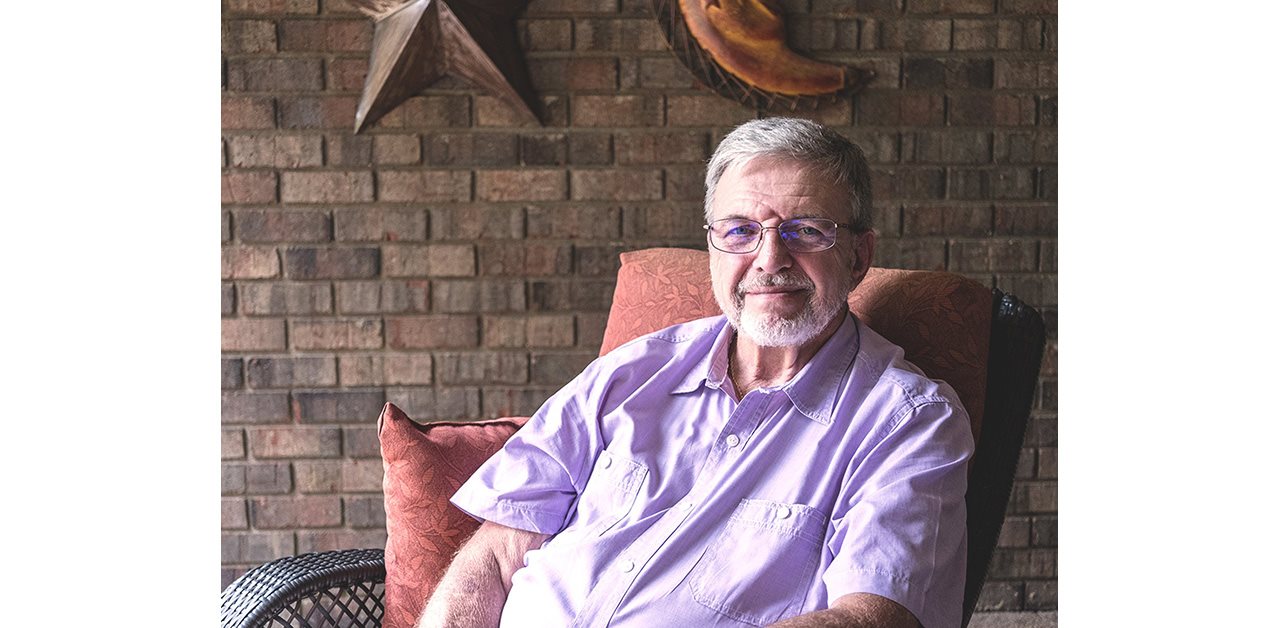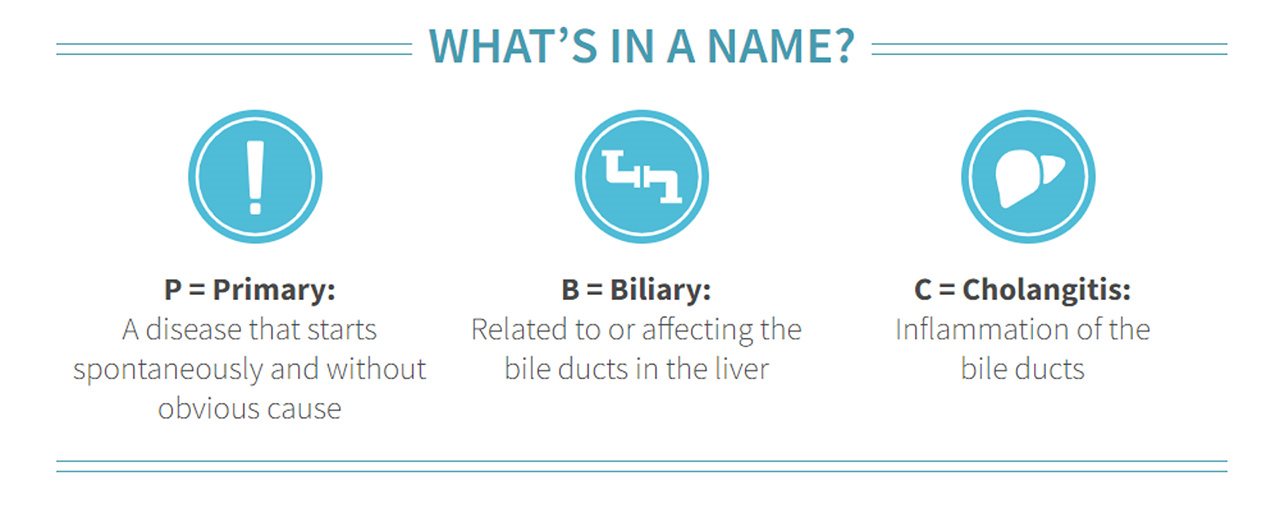2023-09-07T15:45:00
(BPT) – A few years ago, Kathy F. was at lunch when her heart suddenly began to race.
Her immediate thought: “I had too much caffeine in the tea I drank.”
But when her Apple Watch detected an unusually high heart rate, she knew it was time for an intervention. She left the eatery, went home, and immediately called her cardiologist.
After some testing, the 55-year-old Floridian became one of millions of Americans living with atrial fibrillation (AFib), the most common arrhythmia. This condition causes the heart to beat too slowly, quickly, or irregularly. While treatable, an AFib diagnosis and its treatment options often confuse and scare the newly diagnosed.
“It was kind of scary to think about having any kind of procedure, especially one having to do with your heart,” said Kathy, one of many AFib patients who have successfully undergone catheter ablation after drug therapy failed or was an ineffective treatment option.
But, she said, there are many resources available today to help AFib patients manage their physical and emotional well-being. In celebrating AFib Awareness Month, Kathy shares the advice to listen to your body, have a relationship with your cardiologist or primary care doctor, ask questions, and be open to learning about all potential treatment options.
Listen to your body. If something does not feel right, bring it up to your doctor.
Following her AFib diagnosis, Kathy’s cardiologist placed her on multiple blood thinners, but her symptoms persisted.
When a heart is in AFib, it may not be pumping enough oxygen-rich blood out to the body, leading to symptoms such as a racing heart, palpitations, shortness of breath, chest pain, and fatigue or weakness.
Kathy’s AFib episodes would last between two to 12 hours. They became so debilitating that she could not focus, especially at work, and they would occur at unforeseen times.
“Wherever I went, I was always thinking, ‘Am I going to have an episode?'” said Kathy, president of a non-profit that operates five special needs schools in North Florida.
Concerned, she returned to her cardiologist, who had treated her previously for a pulmonary aneurysm. Her cardiologist referred her to Dr. Saumil Oza.
“Some have described AFib as a sensation that feels like fish flopping around in the chest,’’ said Dr. Oza, an electrophysiologist in Jacksonville, Florida, who performed Kathy’s catheter ablation.
After another unsuccessful round of blood thinners, Dr. Oza recommended Kathy undergo catheter ablation.
“I didn’t look back,” she said. “It (catheter ablation) was an instant relief for me.”
Do not be afraid to talk to your doctor.
Because the diagnosis and treatment of AFib can be confusing and scary, Kathy recommends communicating with your cardiologist or electrophysiologist early and often.
Dr. Oza agrees.
As with any medical treatment, individual results may vary, so it is essential to communicate with your cardiologist or electrophysiologist, especially women. Women, he said, often ignore their symptoms and as a result often do not get treated as quickly. Their AFib symptoms are often dismissed as stress, lack of sleep, or panic attacks.
“Medications can help control the symptoms and keep the AFib at bay, however, when that doesn’t work, we have to move on to other treatments like catheter ablation,” said Dr. Oza. “Again, only a cardiologist or electrophysiologist can determine whether ablation is an appropriate course of treatment for you, which is why having discussions with your clinician is key.”
It is ok to seek out other credible resources for information.
Kathy underwent catheter ablation in 2020. Initially, and out of fear of the unknown, she hesitated about the procedure.
“I was scared,” said the mother of four adult children.
It was not until after some research and speaking with a trusted friend who had undergone the procedure that her thoughts changed.
“She (friend) confirmed it was not as scary as I thought it would be,” said Kathy. “My advice is to talk to your doctor, get as much information as possible, and seek the best option. But also talk to people and do your own research.”
To learn more about AFib and what resources are available to help you cope with the diagnosis and treatment options, visit GetSmartAboutAFib.com.
###
THERMOCOOL® Navigation Catheters are indicated for the treatment of drug refractory recurrent symptomatic paroxysmal atrial fibrillation, when used with CARTO® 3 Systems (excluding NAVISTAR™ RMT THERMOCOOL™ Catheter).
As with any medical treatment, individual results may vary. Only a cardiologist or electrophysiologist can determine whether ablation is an appropriate course of treatment. There are potential risks including bleeding, swelling or bruising at the catheter insertion site, and infection. More serious complications are rare, which can include damage to the heart or blood vessels; blood clots (which may lead to stroke); heart attack, or death. These risks need to be discussed with your doctor and recovery takes time. The success of this procedure depends on many factors, including your physical condition and your body’s ability to tolerate the procedure. Use care in the selection of your doctors and hospital, based on their skill and experience.
256147-230810
© Biosense Webster, Inc. 2023. All Rights Reserved.
















